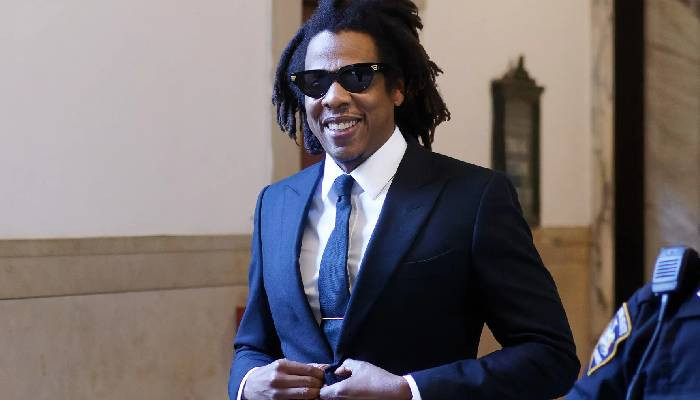Travel
CINEMASCOPE; BRAVING THE STORM
字号+ Author:Smart News Source:US 2025-01-14 03:53:47 I want to comment(0)
If it moves like a Bollywood movie, and looks like a Bollywood movie, chances are that it may just be a Bangladeshi film. Case in point: Toofan, the Urdu-dubbed Bangladeshi blockbuster that is both the definition of success — it is superstar-actor Shakib Khan’s 250th role and also the highest grossing Bangladeshi film of all time — and a case of diluted cultural identity. But more on that a little later. Toofan is set in the 1990s — though with the costume and production design, one is fooled into thinking that it is the 1970s (note the phones with the rotating dials, the bell-bottom pants, and the black-and-white TV sets). The tale is of the infamous Toofan (Khan), a “gangsta” mob-boss, whose introduction shows him mowing down a room full of politicians and hoodlums with a Gatling gun (to be fair, these corrupt men and women were boasting that anyone who has killed less than 50 people deserves to sit and grovel at their feet). Toofan, who flaunts his supremacy by walking up to politicians on their podiums and shooting them point blank in front of people, is also a really bad guy who has a cosmetic and predictable origin (his father was killed by a local bad guy when he was young, and then was brought up under another nefarious gangster’s wing). Toofan grows up with a plan: he climbs up the ladder and becomes the biggest baddie in the country, killing all rivals and forcing politicians and governments to his will. He also has a moll (Mimi Chakraborty) — an A-list actress who doesn’t care about the continuity of her clothes when shooting scenes, especially when these attires dial down the sultriness. The Bangladeshi film Toofan is a showcase of how utterly indebted its narrative and stylistic choices are to the Indian film industry Her attitude rattles Julie (Masuma Rahman Nabila), the assistant costume designer, who fancies Shanto (also Khan), a struggling junior artist struggling to make it big. By an odd turn of fate, Shanto, who has some genuine skill in the acting department, is brought to Toofan so that he can learn to act like him for the mobster’s biopic. The plot from here on, however, goes nowhere, leading right to a sequel. Toofan is amateurishly written by Adnan Adib Khan and director Reihan Rafi. The first half focuses on Shanto, with no mention of Toofan, and when the latter enters the story, the screenplay all but forgets about Shanto. For a two-hours-and-forty-minute-long movie, that is a lot of forgetting. Shanto, with his guileless approach to life, makes some connection with the audience, but Toofan is a one-dimensional concoction that has no legit place in a film that should be about him. He doesn’t get our sympathy, nor do we see and empathise with his approach or understand the reason for his madness. This makes him a dumb and unintelligent central character on whom the narrative is tethered. On the flip side, the technicalities are top-notch. The edits by Jobayar Abir Peal are clean and the cinematography by Tahsin Rahman moves with the beauty of a South Indian production — and herein lies my principal disagreement with Toofan. It emulates the Bollywood-look with so much precision that one forgets that one is watching a Bangladeshi film. Toofan is a showcase for just how far the Bangla film industry has come since the country’s independence, and also how utterly indebted the narrative and stylistic choices are to the Indian film industry. This hard-to-dismiss fact is further cemented by Toofan’s co-production status: the film is an Indo-Bangladesh joint venture — a collaboration that has picked up pace and produced quite a few hits in the last decade or so. The association, though, is not without its pros and cons, as evident on the screen. Every country’s cinema — including Pakistan’s — has its own idiosyncratic identity. For example, a Chinese film is as different from a Japanese film as a Japanese film is to a South Korean production. All three thriving industries have their own distinct flavours, be it how they look, are shot and edited, and how their narratives unfold. Each cinema, therefore, is a representation of their own cultural identities. That, however, is not the case with Toofan. Here, the Bollywood assimilation reigns complete.
1.This site adheres to industry standards, and any reposted articles will clearly indicate the author and source;
 Related Articles
Related Articles-
Stricter US sanctions target Russian oil supply to China, India
2025-01-14 03:18
-
Thousands of liters of chemicals dumped into Brazilian river during deadly bridge collapse
2025-01-14 03:04
-
Black boxes of downed Azerbaijani jet recovered as questions mount over Russian involvement. Here’s what we know
2025-01-14 02:47
-
At least one killed and several embassies damaged in ‘barbaric’ Russian missile barrage on Kyiv, Ukraine says
2025-01-14 01:28
 User Reviews
User Reviews Recommended Reads
Recommended Reads Hot Information
Hot Information- Gaza civil defence agency says at least 14 killed in Israeli strikes
- ‘Ordinary people with shovels’: Volunteers cleaning Black Sea oil spill ask Putin for help
- Thousands of liters of chemicals dumped into Brazilian river during deadly bridge collapse
- Azerbaijan Airlines says plane crashed after ‘external interference’ as questions mount over possible Russian involvement
- Optimising COP29
- Azerbaijan Airlines says plane crashed after ‘external interference’ as questions mount over possible Russian involvement
- Russian cargo ship sinks in Mediterranean after engine room explosion, Moscow says
- Small plane crashes into Brazilian city, killing all 10 people on board
- The Saudi app
 Abont US
Abont US
Follow our WhatasApp account to stay updated with the latest exciting content












